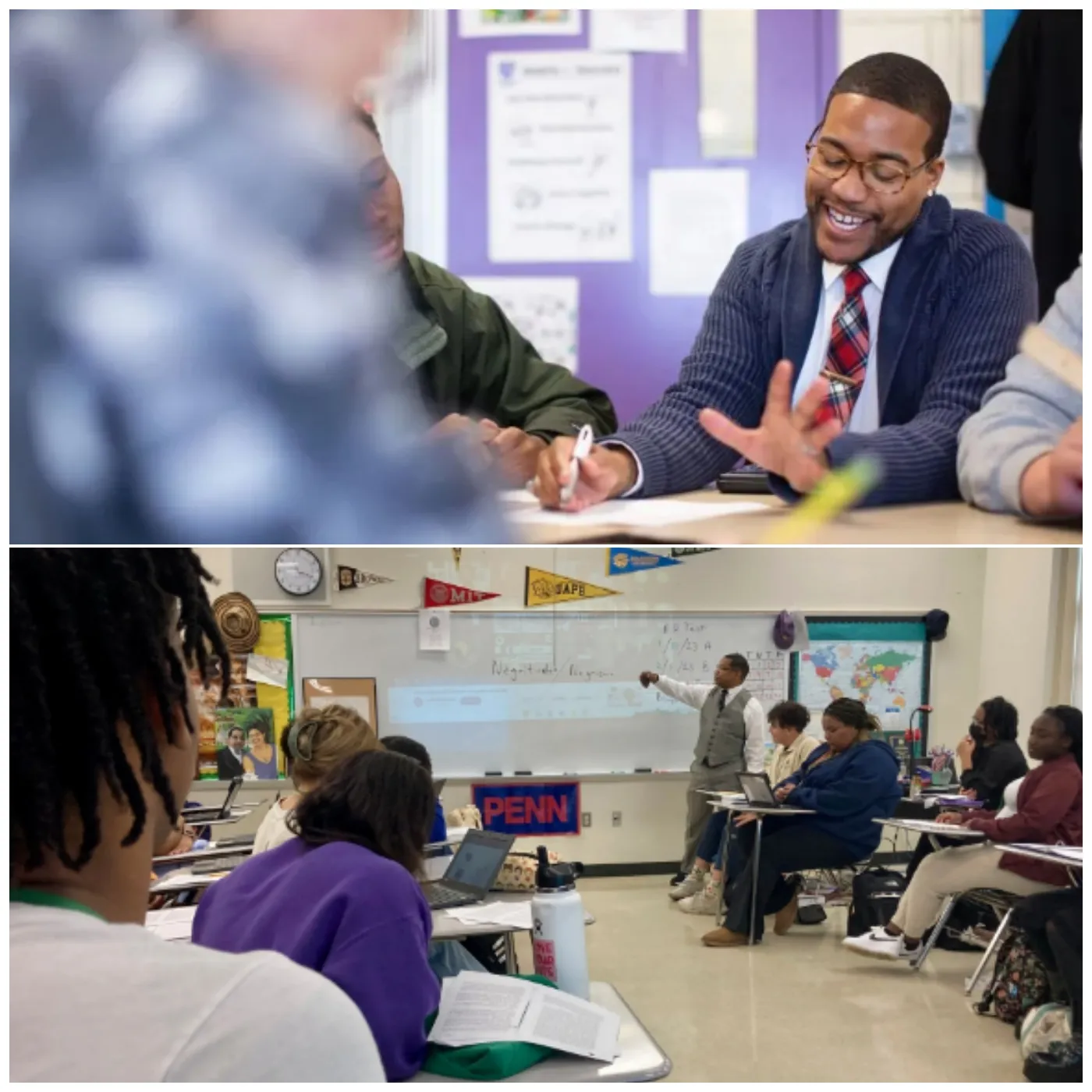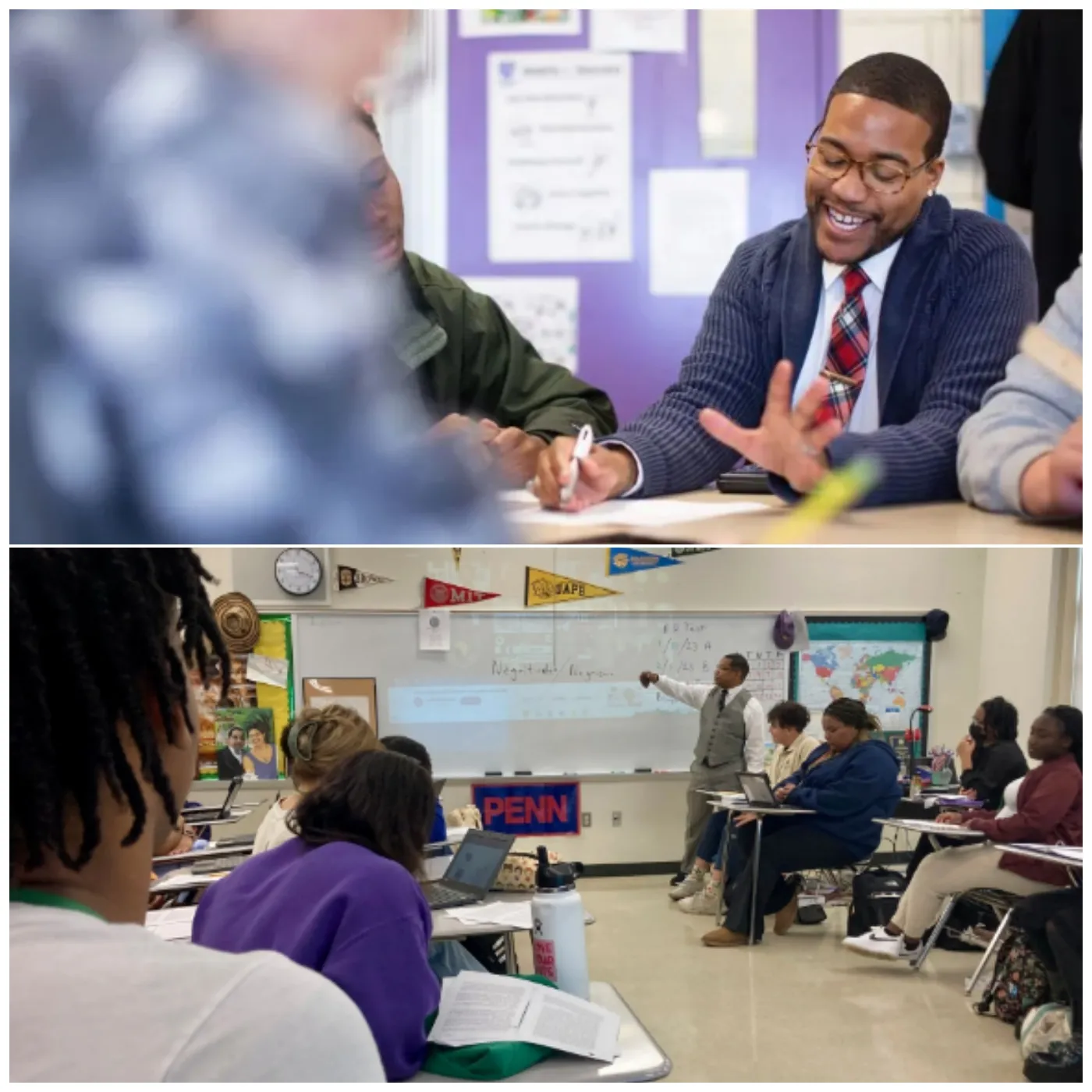
As COVID-19 relief funds expire, many teachers across the U.S. are facing job losses, which is having a significant impact on school diversity. Erica Popoca, a ninth-grade English teacher in Hartford, Connecticut, faced potential termination when the district’s COVID-19 relief funds dried up. Popoca, who had built strong connections with her Latino students and was one of the few Spanish-speaking teachers, was initially laid off but later reinstated after advocacy from her students and the discovery of alternative funding.

The end of federal relief funds has put thousands of educators at risk. The Biden administration’s Elementary and Secondary School Emergency Relief Fund (ESSER) granted $189.5 billion to schools, but this funding is set to expire, leading many districts to cut newly hired staff, including teachers, counselors, and support personnel.
A recent survey by Rand revealed that teacher reductions are expected to be the most common budget cuts, with 28 districts already discussing potential layoffs. The impact of these cuts is particularly severe in districts that employed more recent, often more diverse, staff as a result of increased funding. The “last-in-first-out” policy, which favors tenured teachers, disproportionately affects newer, often more diverse staff members, potentially reversing progress made in educator diversity.
States like Alaska, California, and New York have policies requiring districts to consider seniority when making layoff decisions, which can lead to the loss of newer, more diverse teachers. This is particularly concerning as schools serving low-income and minority students, who have benefitted from these diverse educators, face the brunt of these cuts.

In addition to layoffs, many schools are dealing with staff shortages as they try to manage without the emergency funding. Positions such as counselors and restorative justice coordinators, which were vital during the pandemic, are being eliminated. For instance, Francis Pina, a Black man who was instrumental in Boston Public Schools’ social-emotional learning program, is worried about the future of the program and the impact on students, especially those who relate to his background.
Teacher diversity is crucial for student success, as studies show students of color benefit academically from having educators who share or understand their experiences. With the end of relief funding, there are concerns that schools will see a reduction in this valuable representation.
Despite efforts to amend layoff policies to protect new, diverse staff members, resistance from teachers’ unions and legislative pushback have hindered these changes. As schools navigate these challenges, educators like Popoca remain hopeful yet anxious about the future of their roles and the broader impact on their students.






